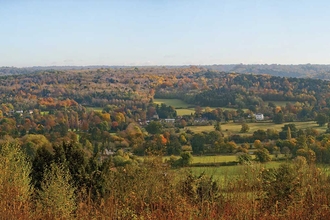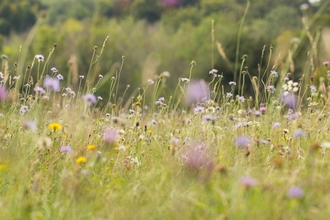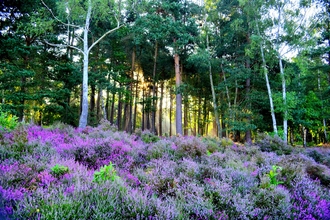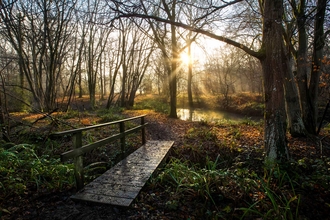The fungal kingdom
Autumn is the best time to go in search of fungi and you may well be surprised at just how many you find!
Neither plant nor animal, the 15,000 fungi species in the UK make up an entire kingdom of their own. Some are delicious, whilst others are poisonous and every habitat is home to this adaptive organism.
Fungi can be found in a wide range of habitats across the world and are a crucial part of the whole web of life because of their ability to digest material and recycle nutrients. Without fungi we wouldn’t have plants. The study of fungi is known as mycology.
Types of fungi
The fungi kingdom comprises of a vast group of organisms that are made up of microscopic thread-like cells called 'hyphae,' that propagate by airborne spores. Many species form a complex network know as a 'mycelium', which take up nutrients from their surroundings and may have a symbiotic relationship with other organisms. They can be found almost everywhere, from the human body, to the depths of the sea.
The world of fungi is hugely complex and still not fully understood. At the basic level, fungi can be said to include moulds, yeasts and the most recognisable club fungi with their familiar fruiting bodies. The 'mushrooms' you see in woodlands and gardens generally belong to this group and are known as 'Basidiomycota'. Most species reproduce asexually through the production of spores in the gills or pores found on the underside of the fruiting body.
Fungi Symbiosis
It is now believed that plants could not exist without the presence of fungi, so intertwined is their relationship.
Many fungi species have a symbiotic relationship with plants and trees. This is known as mycorrhiza. The fruiting body that we see above ground is only one small part of a 'mushroom'. Underground hides 'mycelium', a vegetative mass made up of hundreds or even thousands of fine threads that can spread over long distances. Fungi mycelium can capture water and nutrients that are out of reach of plants and trees, bringing them close to their roots. The roots take water and nutrients from the fungi and in return give sugars made during photosynthesis.
A honey fungus species with a mycelium network measuring 2.4 miles across in the Blue Mountains in Oregon is thought to be the largest living organism on Earth!
Top sites for fungi
Food for thought
Whilst some are edible, many fungi species are extremely poisonous and can be hard to tell apart.
NEVER eat a fungi you find unless you are absolutely sure of its identity. Unless you are with an expert, it is best to leave mushrooms where you find them - that way they will be able to release their spoors and reproduce so others can enjoy their beauty in years to come.
Picking fungi on our reserves
Surrey Wildlife Trust does not allow the picking of fungi on any of our reserves. Many of these sites are ecologically sensitive and have environmental protections in place prohibiting the removal of plants and animals. The removal of mushrooms is particularly damaging as they are the reproductive parts of a fungi, meaning species can be lost if they are over-harvested.










